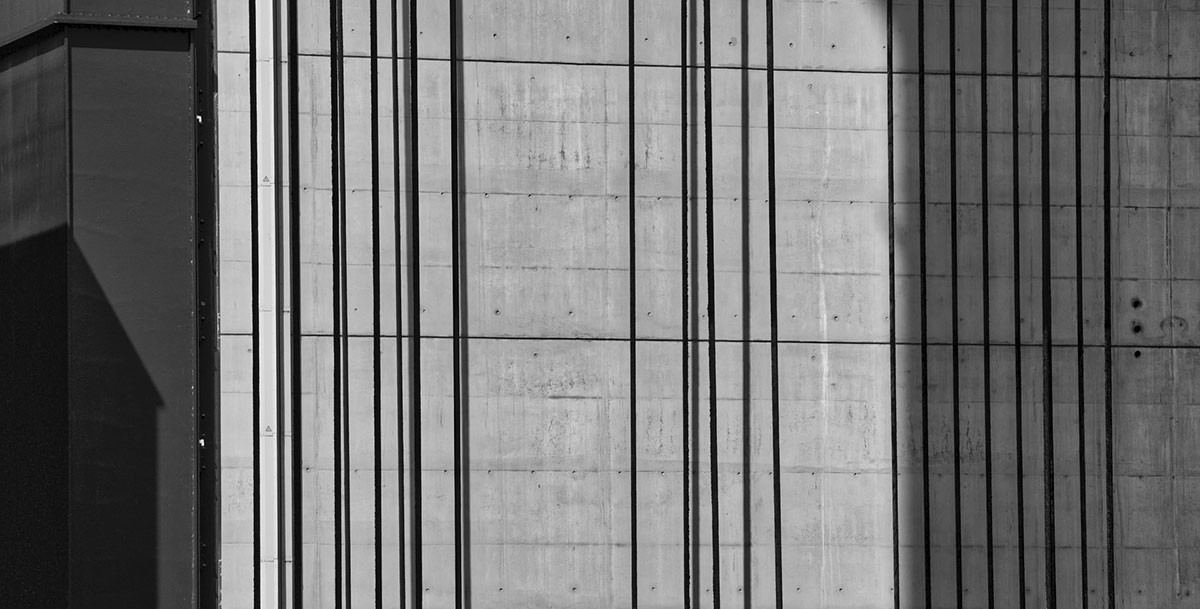Whether you’re shopping for a startup or an established enterprise, businesses generally face similar challenges. From improving productivity to consolidating disparate systems, every business management software provider, whether focused on Vertical or Horizontal ERP solutions, will claim to solve it all.
Before we dive into what differentiates these types of ERP products, let’s lay a foundation for what ERP does.
What is ERP?
Working properly, an ERP integrates the front and back-office operations into a single program, for a single source of truth. It provides a real-time view of business operations and performance.
Implemented correctly, an ERP can streamline your business, maximize operational efficiency and improve your competitive advantage.
An effective ERP system can offer immediate access to crucial information about your business to get a holistic view of business operations. This is a critical source of competitive advantage in today’s fast paced business environment.
Now, all these benefits make a strong case for investing in an ERP, right? Who wouldn’t want to improve productivity and profit while reducing cost?
But before you go investing your money and time, one of the most important choices you can make is to decide if you want a Vertical ERP focused specifically on your industry that may or may not handle the back office well; or, a Horizontal ERP that is powerful enough to broadly meet the back office demands of any industry but has the flexibility to be configured to your needs.
So, what’s the difference?
Vertical ERP
A Vertical ERP is a software solution built specifically to address the needs of a particular industry.
Vertical ERP solutions support clearly defined business processes unique to a certain sector and are designed to serve users with specific job responsibilities. Rather than having tons of ‘generic’ features, these systems are deployed with a high degree of verticalized customization.
These systems are so laser focused on solving specific business challenges that they drastically reduce customization needs. Because these vendors spend a lot of time in and around your industry, they’re on top of new regulatory policies and industry trends. This gives you business software that is specific to what you do, and access to their vast experience and up-to-date knowledge.
A good example of a Vertical ERP for the Fashion Manufacturing Industry is a product like BlueCherry.
BlueCherry is a super powerful PLM. It already has the tools a textile producer or distributor needs to run their business from EDI to eCommerce to Shop Floor Control. You will not find a better Vertical market tool to meet the very specific needs of this industry. However, this extreme focus gives Vertical ERPs a bad rap of being a mile deep and an inch wide.
If you’re considering a Vertical ERP solution, be sure to ask:
Horizontal ERP
Horizontal ERP solutions on the other hand are designed to serve a variety of industries and diversely structured entities. Shipped with a broad range of base functionality, Horizontal ERP systems typically function as the core of an organization’s technology stack. From there, other systems are integrated to send and receive data for a variety of processes from eCommerce management to EDI to expense management and Business Intelligence.
Some examples of Horizontal ERP solutions include products like NetSuite, Intacct, Acumatica and Microsoft Dynamics.
When selecting a Horizontal ERP, it’s important to consider what tools are available to the vendor or partner to tailor the solution to your needs. Since the nature of Horizontal ERP is to have something for everyone, you might start to get concerned about how your specific needs will be met if the functionality you require doesn’t ship natively within the base solution.
That’s one reason why Horizontal ERP providers like Microsoft work with a partner network. So you can shop around and find the right partner to deliver the best solution for your business.
Some partners are more development focused. If you have the budget, development-minded partners can build you the Taj Mahal of ERP, customizing like crazy to build out custom functionality specific to how you do things. For some very unique businesses, this may be the best approach.
However, there is another far less risky approach.
For example, your Fashion Manufacturing business is evaluating Microsoft Dynamics 365 Business Central as a potential replacement to your existing QuickBooks & spreadsheets technology stack. Business Central will address everything that QuickBooks is currently doing for you but to meet the specific needs of your business you need tools to handle Product Lifecycle Management (PLM) and Variant Management (Size/Style/Color). Do you really need to spend a bunch of extra time and money developing customizations to meet your needs or is there a better way?
One of the top benefits of working with a Horizontal ERP like Microsoft Dynamics 365, is the rich ecosystem of third-party solutions. Rather than building out costly solutions specific to each install, Microsoft partners leverage tools that already exist in the marketplace to build out powerful software solutions that deliver the right functionality but won’t break the bank. For your Fashion Manufacturing business, we might recommend that you take a look at a product like TRIMIT Fashion.
Vertical or Horizontal ERP: In Conclusion
When a business is at level of needing an ERP, it can be risky to Verticalize because you may not have the control and visibility into the financials that you would get with a more traditional Horizontal solution.
Even if it seems like the better choice initially, as your business grows there may be some critical limitations in accounting and reporting. The last thing you want to do is to make a huge investment now only to outgrow the solution in 5 years when you needs evolve.
Horizontal ERP offers the best of both worlds. A solid foundation of robust accounting tools and the ability to extend that functionality with a Vertical market tool that will meet you needs without breaking the bank on development.
Every business is unique. While both Horizontal and Vertical ERP systems have their strengths and weaknesses, as with all software implementations, choosing the right implementation partner is critical.
Do you need an ERP tailored to your business model, a more flexible platform, or need a sound board to figure it out? We’re here to help. As a Microsoft Dynamics Gold ERP provider, our knowledgeable consultants will guide you through the process and partner for success.



